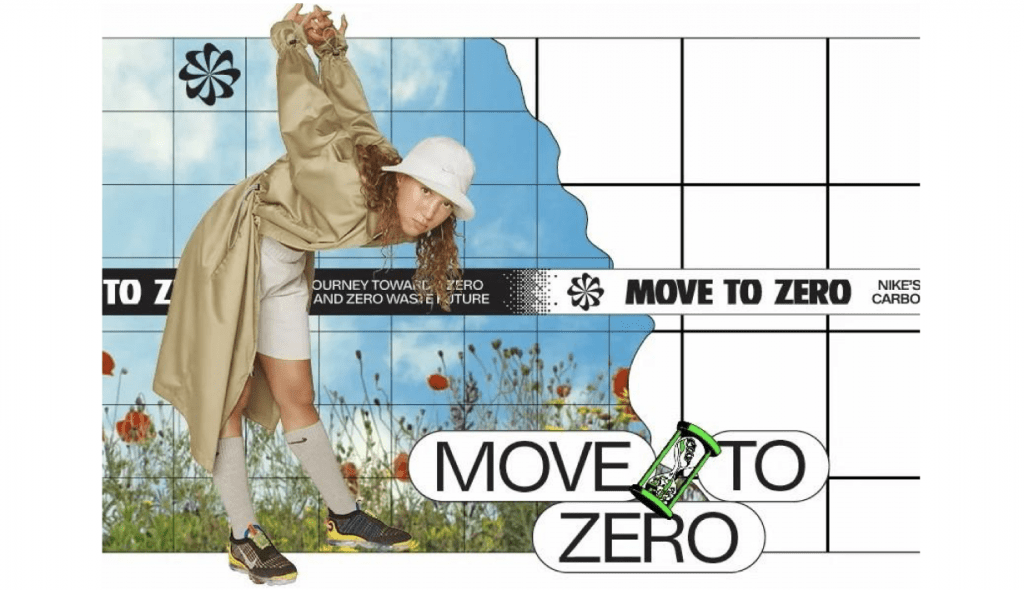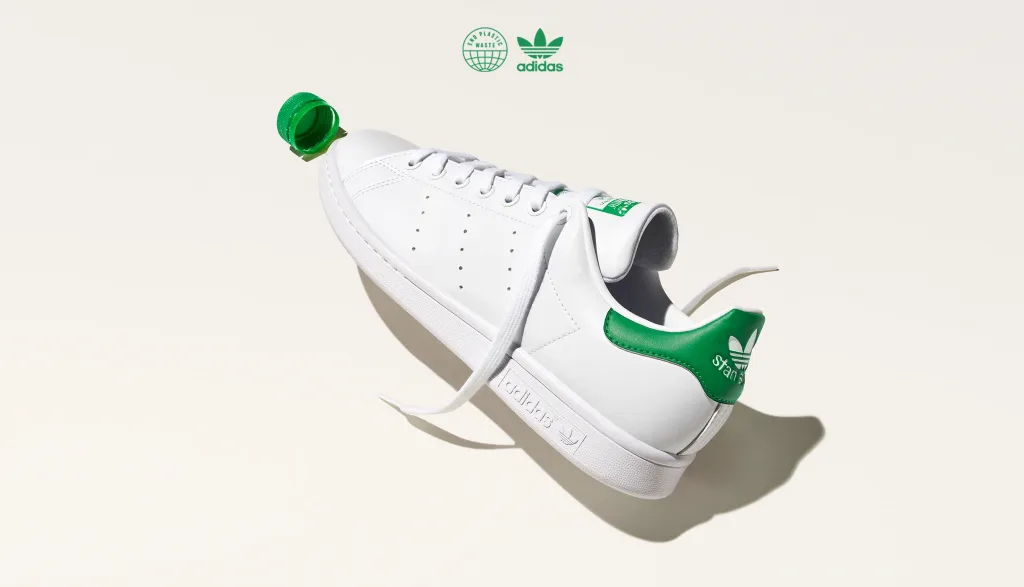Companies do not need to make unsubstantiated “green” claims via explicit marketing or other promotional language to land in hot water. In a rising number of instances, the prominent use of sustainability-centric imagery, symbols, branding, and even green color schemes, alone, or in conjunction with even vague “eco-friendly” language is proving to be enough to garner attention from watchdogs and consumer plaintiffs, alike. This week, for example, the Competition and Markets Authority (“CMA”) accused London-based Unilever of potentially misleading consumers with regard to its “environmentally friendly” products. Specifically, the United Kingdom’s competition regulator said that it is “concerned that Unilever may be overstating” just how green certain products by way of “vague and broad claims, unclear statements around recyclability” … and “‘natural’ looking images and logos.”
In addition to making claims that focus on a single aspect of a product, which “may suggest it is environmentally friendly as a whole” and potentially failing to specify whether recyclability claims “relate to all or part of a product, or packaging,” the CMA alleges that Unilever – which owns brands ranging from Hellmann’s, Ben & Jerry’s, and Talenti to Dove, Dermalogica, and Dollar Shave Club – makes use of certain imagery and logos that may also be misleading to consumers. “Unilever’s use of colors and imagery, such as green leaves, may create the overall impression that some products are more environmentally friendly than they actually are,” according to the CMA.
While the CMA did not state which Unilever brands are in its crosshairs, the company’s Seventh Generation brand (which reached a settlement with consumer plaintiffs back in 2016 in furtherance of which it agreed to pay $4.5 million to settle allegations it deceptively marketed and labeled many of its cleaning and personal care products as “natural,” “non-toxic” and “hypoallergenic” even though they contain non-natural ingredients) prominently uses a green leaf as part of its logo. Food manufacturer Knorr similarly features a green leaf as part of its logo, while haircare and skincare company Love Beauty & Planet and household cleaning supply-maker depict certain green iconography on some of their product packaging.
Other Issues Over Green Imagery, Branding
This is not the first time that a brand has come under the microscope due to its use of potentially deceptive imagery and/or symbols in furtherance of their sustainability marketing efforts. Other companies have caught the attention of advertising watchdogs and/or landed on the receiving end of consumer-plaintiff-initiated litigation …
Ellis v. Nike: Nike is currently facing a false advertising lawsuit, in which it is accused of deceptively marketing itself and its products as being environmentally friendly. In particular, the plaintiff takes issue with the marketing of various products that “center around ‘green’ imagery with models and cartoon characters surrounded by lots of flowers and plush green plants,” among other things. At the same time, the suit calls attention to Nike’s use of a “sunburst” logo – which consists of “a circular symbol that means that Nike products are made with ‘sustainable’ materials, and environmentally friendly” – as potentially misleading to consumers.

Nike has since taken on the plaintiff’s argument that it can be liable for the allegedly “misleading” use of environmental imagery and the “sunburst” logo as misleading in a motion to dismiss. According to Nike, “This imagery makes no representation of fact at all and would not mislead a reasonable consumer.” The Swoosh pointed to an earlier decision from an E.D. Mo. Judge, which held that images of “happy grass-fed cows” eating grass were “generalized statements . . . so exaggerated as to preclude reliance by consumers,” for support.
Lizama v. H&M: In a similar vein, H&M was named in a since-dismissed case for allegedly engaging in “unlawful, unfair, deceptive, and misleading business practices” by pushing a “false” sustainability narrative via various marketing language, as well as “green-hued” product hangtags and campaigns that “center around ‘green’ imagery of Conscious-clad models surrounded by lots of grass and plush green plants.” In that case, the plaintiffs brought claims under Missouri’s Merchandising Practices Act, as well as common law claims for unjust enrichment, negligent misrepresentation, and fraud against H&M, which advertised its Conscious Choice garments, which are made from a certain percentage of organic cotton and recycled polyester, as containing “‘more sustainable materials” and as “its most sustainable products.”
The court sided with H&M this spring, finding, in part, that “no reasonable consumer” would understand H&M’s representations to mean that the Conscious Choice clothing line is “inherently ‘sustainable’ or that H&M’s clothing is ‘environmentally friendly’ when neither of those representations were ever made.” Instead, the court held that “only reasonable reading of H&M’s advertisements is that the Conscious collection uses materials that are more sustainable than its regular materials.” (The court unfortunately did not address the green imagery or hangtags specifically in its motion to dismiss.)
Advertising Ethics Jury v. adidas: In a decision issued back in 2021, the Advertising Ethics Jury (“AEJ”) of French advertising regulator ARPP found that adidas had run afoul of ARPP advertising rules by way of ads promoting a version of its Stan Smith sneaker that was made from “50% recycled” materials. Part of the issue, according to the AEJ, was adidas’ use of “predominantly green coloring” in the ad is “clearly [aimed at] making a reference to ecological issues.”

Beyond that, the advertising body asserted that adidas’ “End Plastic Waste” logo is problematic on the basis that “buying a product that is partially made from recycled plastic is not going to ‘End Plastic Waste.’” Further reflecting on the logo, the AEJ stated that “the mere fact that [the logo] is a registered trademark cannot exempt advertisements that use it from the obligation to respect the ethical rules in force, nor deprive the [AEJ] of the possibility of retaining a breach due to its use.” In terms of adidas’ use of the logo, “which evokes planet Earth [and thus,] suggests that the company is engaged in an approach to end plastic waste,” the AEJ held that while the plastic used to make the sneakers consists of abandoned plastic waste, “it is undisputed that this does not mean recyclable plastic.”
The Green Guides & a Practical Point
The notion that companies can run afoul of advertising laws by making misleading use of “eco-friendly” imagery and/or logos is not without backing from a regulatory point of view. In fact, the Federal Trade Commission (“FTC”) FTC has said as much in its Guides for the Use of Environmental Marketing Claims. Providing examples of “General Environmental Benefit” in order to “provide [its] views on how reasonable consumers likely interpret certain claims,” the FTC includes the following: “A marketer’s advertisement features a picture of a laser printer in a bird’s nest balancing on a tree branch, surrounded by a dense forest. In green type, the marketer states, ‘Buy our printer. Make a change.’” Although the advertisement does not “expressly claim that the product has environmental benefits,” the FTC states that “the featured images, in combination with the text, likely convey that the product has far-reaching environmental benefits and may convey that the product has no negative environmental impact.”
The issue in that scenario, according to the FTC” The campaign – by way of the use of the relatively vague – and not necessarily sustainability-focused “Make a change” language in conjunction with the green imagery – suggests that there are eco benefits to be had should consumers buy said printer. And unless the marketer can substantiate those claims (by showing that there are environmental benefits at play), the advertisement is deceptive.
This example from the FTC paired with the cases cited above should be a wakeup call (and/or a warning) for brands that may think that the use of green branding, including green trademarks (more about green branding/trademarks here) and/or nature-centric imagery in lieu of any substantial sustainability or ESG language is fair game from an advertising perspective.
And on a practical note … It is worth mentioning that while the influx of green imagery and/or symbols in consumer goods advertising campaigns may seem to suggest that such efforts make for marketing gold, at least one study (published in the Journal of Consumer Marketing in 2021) found that consumers are not necessarily willing to pay more for a “sustainable” product that is marketed using a green-toned label versus a white one. In terms of the use of “nature images” on product labels, the appearance of such imagery “did not have a significant effect” from a pricing power perspective.











